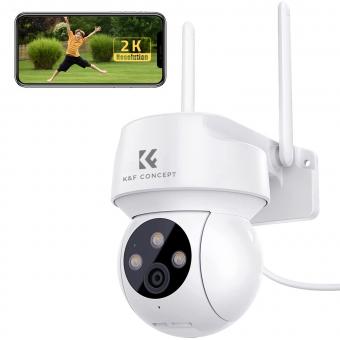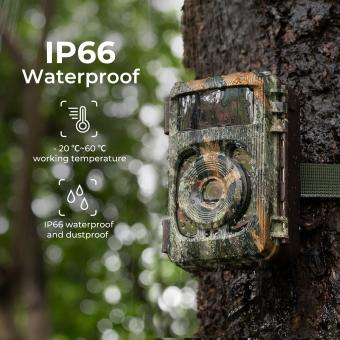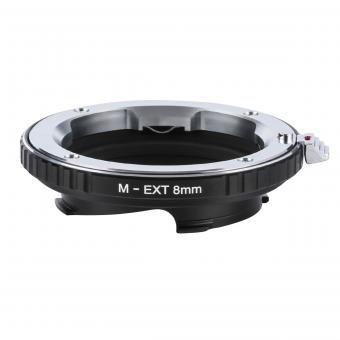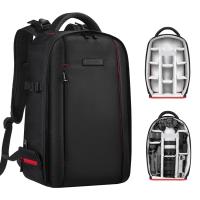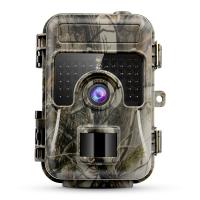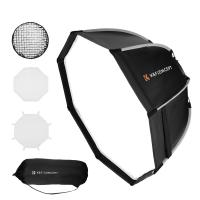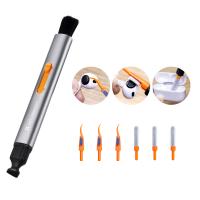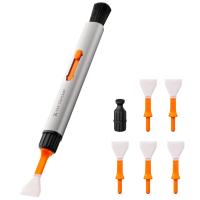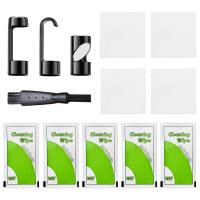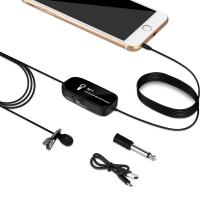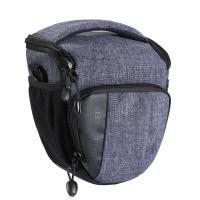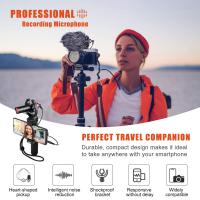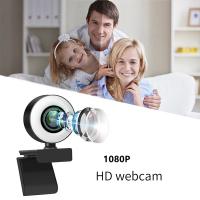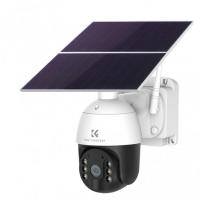How To Choose A Outdoor Security Camera?
Choosing the right outdoor security camera is a crucial step in enhancing the security of your home or business. With so many options available in the market, it can be overwhelming to make the right choice. This guide will walk you through the key factors to consider, so you can make an informed decision and ensure that your outdoor areas are well-protected.
Understanding the Basics
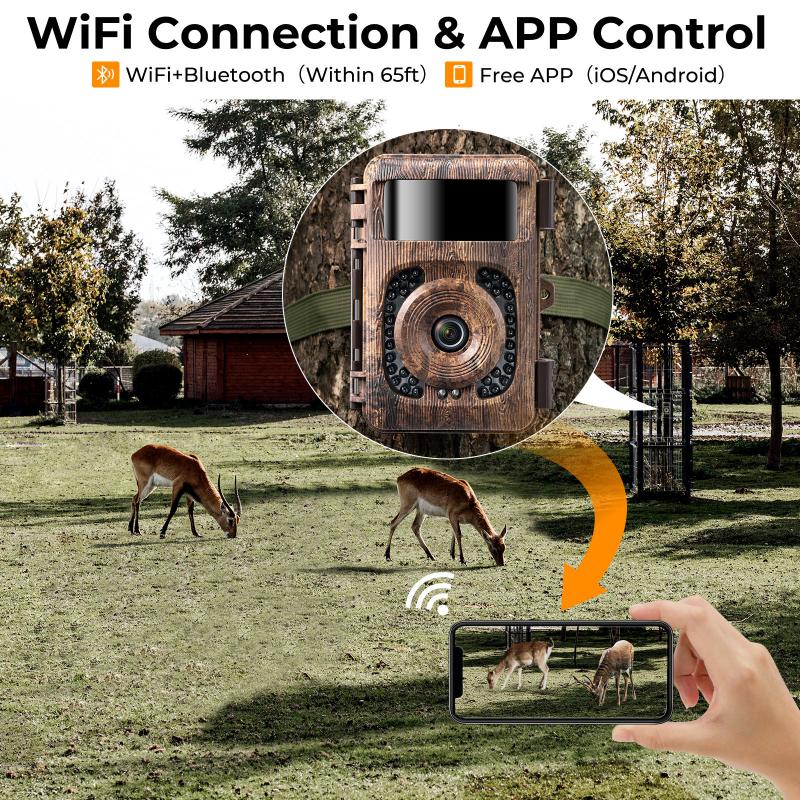
Before diving into the specifics, it's important to understand some basic features that most outdoor security cameras possess. These features form the foundation upon which you can build your selection criteria.
1. Resolution: Higher resolution means clearer images. Common resolutions include 720p, 1080p (Full HD), and 4K (Ultra HD). A higher resolution ensures that you capture more details, which is crucial for identifying intruders.
2. Night Vision: Since most unwanted incidents occur at night, it's critical that your camera has good night vision capabilities. Infrared (IR) LEDs are commonly used for this purpose, and the range can vary significantly.
3. Field of View (FOV): This refers to the extent of the observable area the camera can capture. A wider FOV means more area is covered, which is ideal for expansive outdoor areas.
4. Weather Resistance: Given that the camera will be exposed to the elements, it must be weatherproof. Look for IP ratings (e.g., IP65, IP66), which indicate protection against dust and water.
5. Connectivity: Modern security cameras typically connect via Wi-Fi, though wired options are also available. Wi-Fi cameras offer easier installation but require a strong and consistent network connection.
Key Factors to Consider
When choosing an outdoor security camera, several key factors should influence your decision. Let's delve into these considerations to help narrow down your options.
1. Purpose and Location
Consider what you are trying to achieve with the camera. Are you looking to monitor a front door, backyard, or a large property perimeter? The purpose will significantly influence your choice.
- Front Door: A camera with a smaller FOV and two-way audio (for communicating with visitors) might be ideal.
- Backyard or Large Area: A camera with a wide FOV, high resolution, and possibly even PTZ (Pan-Tilt-Zoom) capabilities might be better suited.
2. Power Source
Outdoor security cameras can be powered by batteries, solar panels, or wired connections.
- Battery-Powered: These are easier to install but require periodic battery replacement or recharging.
- Solar-Powered: Ideal for locations where wiring is impractical, but effectiveness can be limited by weather conditions.
- Wired: Provide a constant power source but can be more challenging to install due to the need for wiring.
3. Storage Options
Consider how the footage will be stored. There are generally two options: local storage or cloud storage.
- Local Storage: Typically involves SD cards or external drives. While this can be more secure (as you control the footage), there is a risk of storage devices being damaged or stolen.
- Cloud Storage: Offers remote access and higher security against physical damage or theft. However, it often involves subscription fees.
4. Smart Features
Modern cameras come with various smart features that can enhance security and convenience.
- Intrusion Detection: Some cameras can distinguish between people, animals, and objects to minimize false alarms.
- Motion Detection: Alerts you to movement within the camera’s FOV. Advanced models can differentiate between different types of movement.
- Two-Way Audio: Allows you to communicate with someone on your property, which is useful for deterring intruders or conversing with delivery personnel.
- Integrations: Check if the camera is compatible with your smart home system (e.g., Amazon Alexa, Google Assistant).
Evaluating Brands and Models
Once you have a clear understanding of your requirements, the next step is to evaluate popular brands and models. Here’s a quick overview of some leading brands:
1. Arlo: Known for its wireless, battery-powered cameras with excellent video quality and smart tech features.
2. Ring: Offers a variety of cameras with integrated lights and sirens, ideal for deterrence.
3. Nest: Features seamless integration with other Google products and offers robust AI capabilities.
4. Reolink: Provides both budget-friendly and high-end options with a focus on high-resolution footage.
5. Swann: Known for a wide range of outdoor cameras that offer good value for money.
Customer Reviews and Expert Opinions
Consulting customer reviews and expert opinions can provide invaluable insights. Look for patterns in reviews that highlight consistent positives or drawbacks. Websites like Consumer Reports, CNET, and TechRadar often feature in-depth reviews and comparisons.
Making the Final Decision
Armed with your list of requirements and potential options, you’re now ready to make your final decision. Here are some additional tips to ensure you’re making the best choice:
- Compare Prices: While it’s tempting to go for the cheapest option, remember that this is a long-term investment in your security. Balance price with features and reliability.
- Check the Warranty: Opt for brands and models that offer a good warranty. This can save you on repair or replacement costs down the line.
- Read the Fine Print: If the camera requires a subscription for cloud storage, ensure you understand the costs involved before making a commitment.
- Consider Professional Installation: While many cameras are designed for DIY installation, professional installation can ensure optimal placement and performance.
Installation and Maintenance
After purchasing the camera, proper installation is crucial. Follow the manufacturer’s instructions closely. Here are some general tips:
- Optimal Height and Angle: For best results, mount the camera around 8-10 feet above the ground and angle it slightly downward.
- Test Coverage: Before finalizing the installation, check the camera's coverage area to ensure there are no blind spots.
- Regular Maintenance: Clean the camera lens regularly and check the system periodically to ensure everything is functioning correctly.
Choosing the right outdoor security camera involves a careful analysis of your security needs, understanding the key features, evaluating various brands, and making a well-informed decision. By paying attention to details such as resolution, night vision, FOV, weather resistance, and smart features, you can enhance your property’s security effectively. Remember, this is not just an electronic purchase but an investment in the safety and peace of mind for you and your loved ones. Happy shopping!

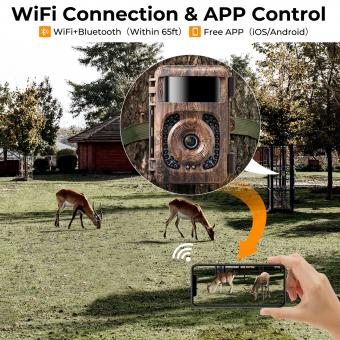
![[4X Optical Zoom] Recharge power Security Camera PTZ Outdoor for Home Security with Human Detection Auto Tracking-UK Standard [4X Optical Zoom] Recharge power Security Camera PTZ Outdoor for Home Security with Human Detection Auto Tracking-UK Standard](https://img.kentfaith.com/cache/catalog/products/us/KF50.0003/KF50.0003-1-340x340.jpg)

